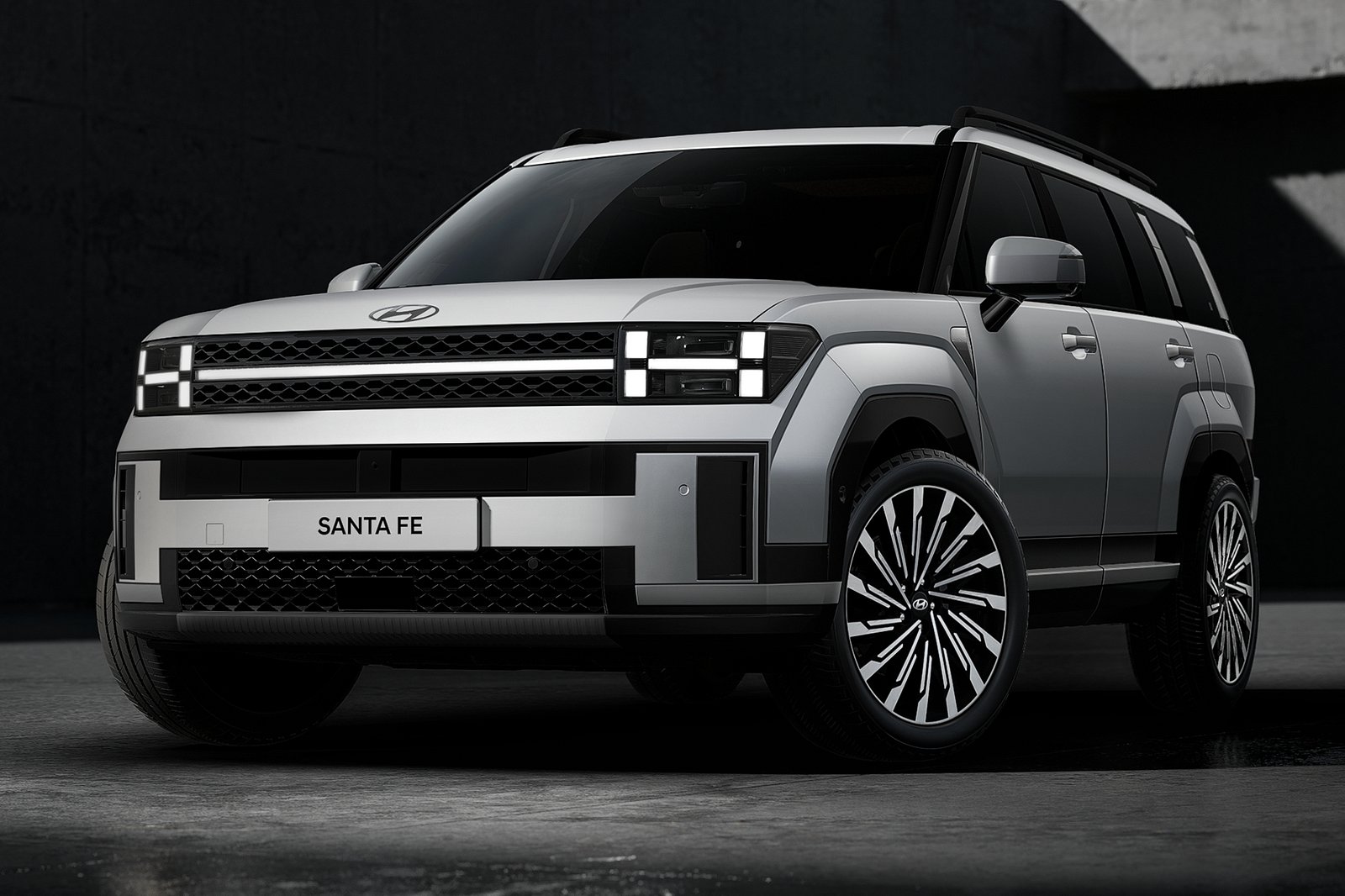
While that’s impressive, we must remember that South Korea uses WLTP testing standards. When these vehicles reach the United States, EPA estimates will likely show a more conservative figure.
These PHEVs will serve as the perfect stepping stone to pure electric vehicles. If Hyundai and Kia can produce a plug-in hybrid system that delivers around 62 miles of range, most consumers could complete local trips or everyday commutes on electric power alone. The polluting gasoline engine would only be required for longer trips.
However, the Santa Fe and Sorento would likely require even bigger batteries. Still, these won’t be as large or heavy as the pack found in a conventional car. To put it into perspective, a top-of-the-line Hyundai Ioniq 5 with AWD weighs 4,663 pounds despite being smaller than the 4,078-lb current-gen Santa Fe Hybrid.
The current Sorento and Santa Fe PHEV models are powered by a turbocharged 1.6-liter engine that, together with electrical assistance, produces combined outputs of 261 horsepower and 258 lb-ft of torque.

